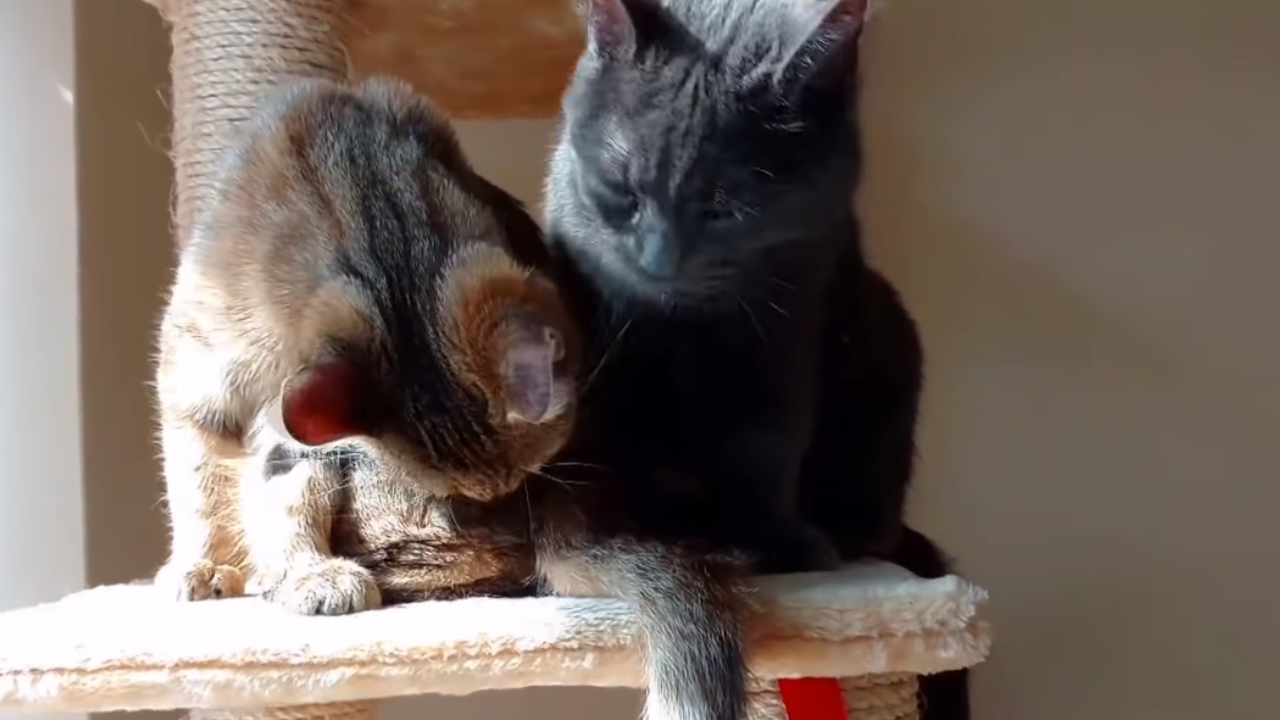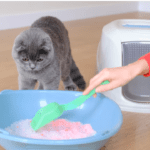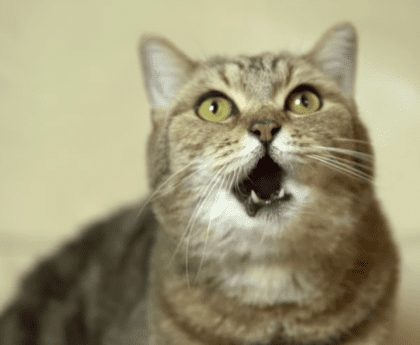- Why Does My Cat Make Weird Noises When Grooming Itself? Exploring the Vocal Expressions of Feline Self-Care
Why Does My Cat Make Weird Noises When Grooming Itself? Exploring the Vocal Expressions of Feline Self-Care
Introduction
Cats are known for their impeccable grooming habits, spending a significant portion of their day engaged in self-care. However, if you’ve ever noticed your feline friend making peculiar noises while grooming, you’re not alone. From soft chirps to gentle purrs and even occasional growls, these vocalizations during grooming often leave cat owners intrigued. This article delves into the captivating world of feline behavior, shedding light on the reasons behind these curious sounds.
Grooming as a Social Behavior
Purring: A Relaxation Response
One of the most common vocalizations during grooming is purring. While we often associate purring with contentment, it serves another purpose during grooming. Cats may purr while grooming as a way to self-soothe, creating a calm and relaxed environment that enhances their grooming experience. This practice also mirrors their social behavior, as cats purr to convey comfort and bonding.
A Symphony of Self-Care


Chirps and Trills: Expressing Satisfaction
In addition to purring, cats might emit chirps, trills, or soft chatters while grooming. These sounds are a testament to their enjoyment of the grooming process. Chirping can also signal excitement or anticipation, akin to a human humming while engrossed in an enjoyable activity.
Overlapping Senses: Grooming and Sound
Multisensory Experience: Sound and Touch
Cats’ sensory experiences often overlap, with sound complementing their tactile sensations. When a cat grooms itself, the repetitive motion of licking and the sensation of fur against their tongue could create a rhythm that’s soothing and meditative. Vocalizations might be an extension of this multisensory experience, a way for cats to enhance the calming effect of grooming.
Also view my other article
Communication Through Sound
Mutual Bonding: Grooming and Vocalization
Cats are masters of non-verbal communication, and their vocalizations serve various functions. During grooming, these sounds might be directed at their owners or fellow feline companions. The act of grooming is not only self-care but also an opportunity for mutual bonding and establishing social connections.
Unveiling Discomfort
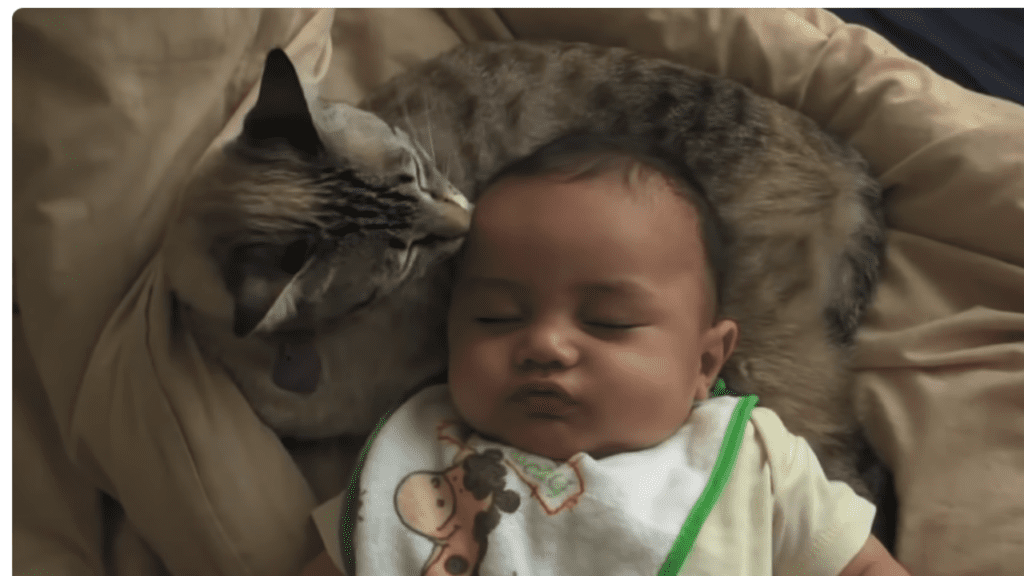

Growls and Grumbles: Indicators of Irritation
While most grooming vocalizations are positive, occasional growls or grumbles might indicate discomfort. Cats are meticulous about their grooming, and if they encounter a tangle, mat, or sensitive spot, they might express their displeasure vocally. It’s their way of communicating their need for assistance or simply expressing a minor annoyance.
Curiosity and Fascination
Feline Enigma: Unraveling the Whys
The exact reasons behind why cats make these unique noises while grooming remain a subject of fascination. Cats possess intricate personalities, and their vocal expressions are part of their enigmatic nature. Whether it’s a means of enhancing the grooming experience or a form of communication, these sounds highlight the complexity of our feline companions.
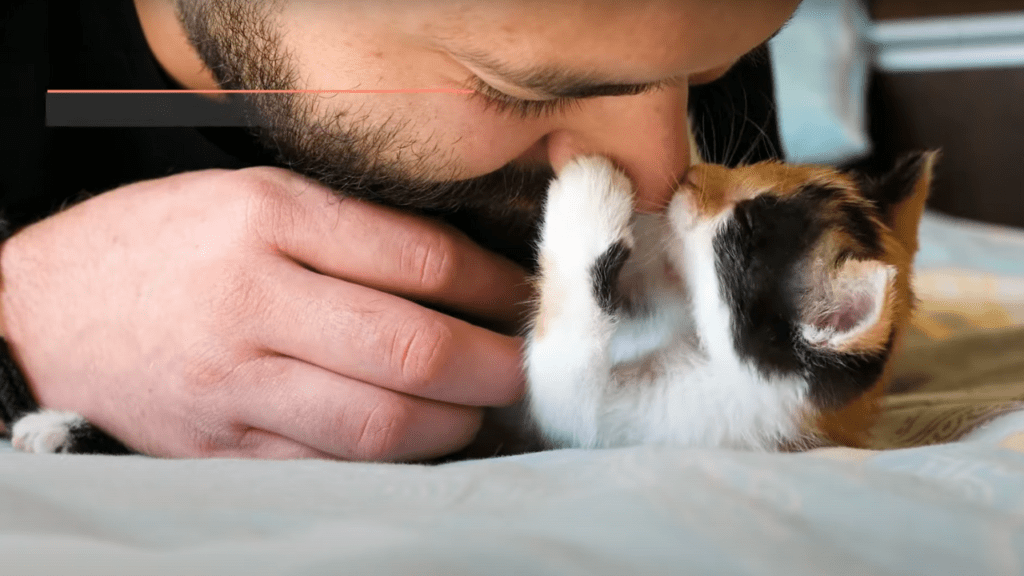

Tips and Tricks to Address Weird Noises During Cat Grooming
1. Assess for Discomfort: If your cat’s grooming vocalizations are accompanied by signs of discomfort, such as aggressive behavior, hissing, or avoiding grooming altogether, it’s crucial to identify the source of their distress. Check for tangles, mats, or sensitive areas on their fur that might be causing discomfort.
2. Regular Brushing: Regular brushing can help prevent tangles and mats in your cat’s fur. Use a suitable brush for your cat’s coat type to remove loose hair and distribute natural oils. This not only enhances their coat’s condition but also minimizes the chances of discomfort during grooming.
**3. Gentle Assistance: If you notice your cat struggling with a particularly stubborn tangle or mat, offer gentle assistance. Use a detangling spray or specialized comb to work through the problem area. Approach with patience and caution to avoid causing additional stress.
4. Gradual Acclimatization: If your cat is particularly sensitive to grooming or vocalizes distress during the process, start with short and gentle grooming sessions. Gradually increase the duration as your cat becomes more comfortable. Offer treats and praise to create positive associations with grooming.
5. Professional Grooming: For cats with long or dense fur that is prone to tangles and mats, occasional professional grooming might be beneficial. Professional groomers have the expertise to handle challenging grooming situations and ensure your cat’s comfort throughout the process.
6. Interactive Distractions: Provide interactive toys or treats that can keep your cat engaged while grooming. These distractions can help divert their attention from any discomfort they might be experiencing and create a more positive grooming experience.
7. Regular Vet Checkups: If your cat’s grooming vocalizations continue despite your efforts, it’s a good idea to consult a veterinarian. Underlying health issues, skin irritations, or pain could be contributing to their discomfort. A thorough examination by a vet can help identify and address any medical concerns.
8. Create a Calm Environment: Choose a quiet and calm environment for grooming. Avoid sudden movements or loud noises that might startle your cat. A serene setting can contribute to a more relaxed grooming experience.
9. Positive Reinforcement: Reward your cat with treats, praise, and affection after successful grooming sessions. Positive reinforcement can help your cat associate grooming with pleasant experiences, reducing their likelihood of vocalizing distress.
10. Routine Care: Consistency is key. Establish a grooming routine that your cat becomes accustomed to. Cats often respond well to predictable schedules, and regular grooming can become a comfortable part of their routine.


Conclusion
Cats’ vocal expressions during grooming are intriguing and multifaceted. By understanding the reasons behind these noises and implementing effective strategies, you can ensure that your cat’s grooming experience is comfortable, stress-free, and even enjoyable. Remember, patience, gentleness, and a positive approach can go a long way in nurturing a harmonious grooming routine for both you and your feline companion.

